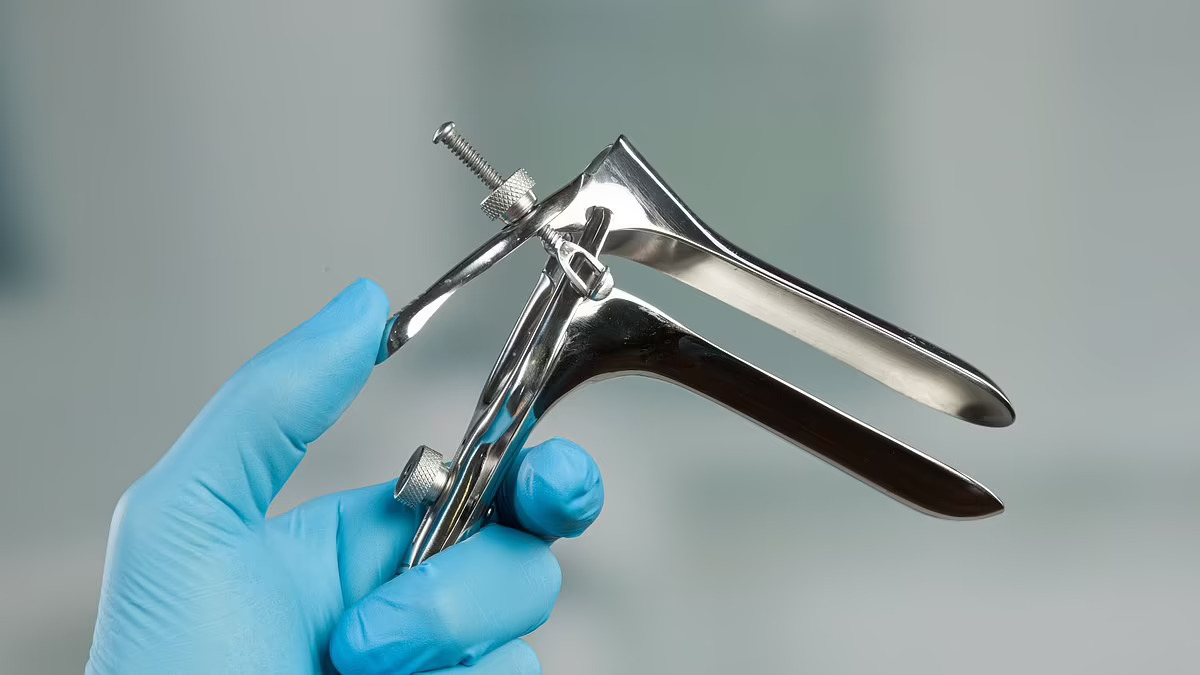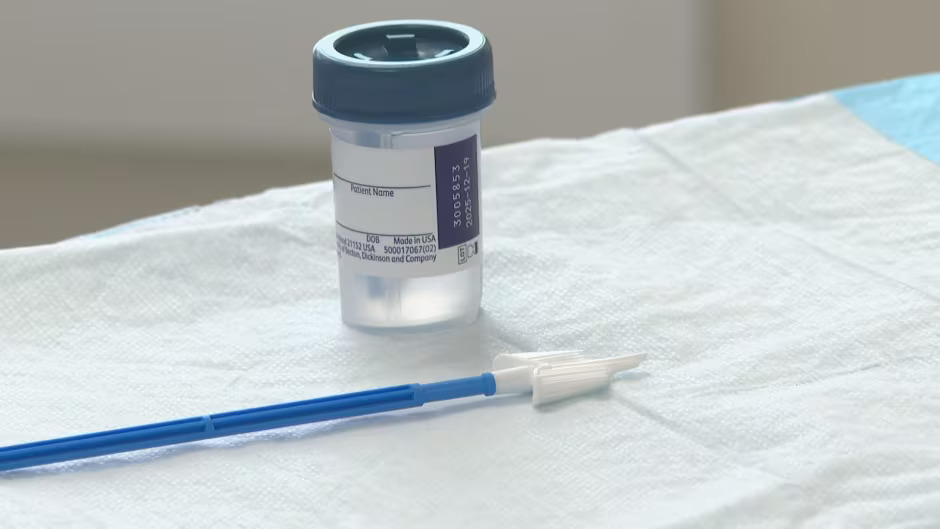Starting this fall, women will gain access to a new, more comfortable way to screen for cervical cancer, an advancement that addresses longstanding issues in women’s healthcare. The traditional Pap smear, a procedure known for being uncomfortable and even painful, has kept many women from receiving necessary screenings.
In fact, about eight million women have skipped their cervical cancer screenings over the past five years. This delay in care often results in undetected human papillomavirus (HPV) infections, the primary cause of cervical cancer, which becomes harder to treat the later it is diagnosed.
Typically, the in-office Pap smear involves a speculum—a cold, metal tool that widens the vaginal canal for the doctor to collect cervical cells. For many, this procedure is physically unpleasant and can trigger emotional distress, particularly for those who have experienced sexual trauma.
However, a new screening method approved by the FDA allows women to avoid the speculum altogether. Instead of enduring the traditional procedure, women can now swab their vaginal canals themselves in a private room and submit the sample to their doctor, making the process similar to leaving a urine sample.

The new self-collection tools, developed by Roche and Becton, Dickinson, and Company, test for HPV strains directly linked to cervical cancer. While traditional Pap smears require the doctor to collect cells from the cervix, this new method tests cells from the vaginal walls, offering a less invasive alternative.
Dr. Karen E. Knudsen from the American Cancer Society emphasized that self-collection reduces barriers to screening, helping more women detect cancer early and increasing their chances of survival. The results from these tests are sent to doctors, who can then discuss any necessary next steps with their patients.
This innovation is seen as just the beginning of more accessible cervical cancer screening. Researchers are exploring the possibility of at-home testing kits, which would further simplify the process.
Similar to colorectal cancer screening kits, women could swab themselves at home, mail the sample to a lab, and receive their results without having to visit a doctor’s office. If successful, this option would offer even greater convenience and privacy, encouraging more women to stay on top of their cervical health.
This movement toward more patient-friendly healthcare reflects broader changes in women’s medicine. Painful procedures like IUD insertions are undergoing modernization, with Swiss tech company Aspivix creating a less painful option using suction to manipulate the cervix.
Meanwhile, menopause treatments are also receiving overdue attention, with new drugs in development aimed at alleviating symptoms like hot flashes. Last year, the FDA approved the first-ever drug specifically for treating menopause-related hot flashes, signaling a shift toward more compassionate care in women’s health.
